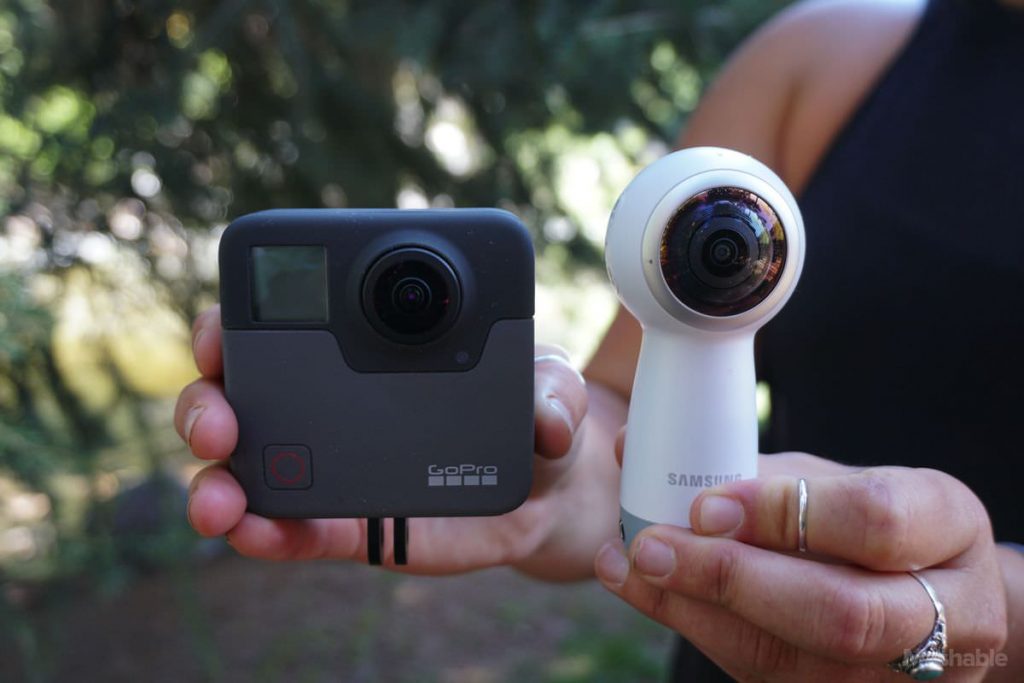Virtual Reality has been getting slow but steady traction over the years. When Oculus Rift first introduced a new dimension of media, some enthusiasts were entertained. However, it still seemed far away.
In 2013, you could buy yourself Oculus developer kit. John Carmack, co-creator of Doom, joined the Oculus VR project. Things started to look more interesting. Especially when Facebook bought Oculus for about 2 billion dollars.
The price of entry was still steep. Even after the introduction of Samsung VR Gear, you had shell out around $150. For someone who is just being curious about VR, that’s way too much.
Google added a new dimension to virtual reality
Luckily Google stepped in. Google Cardboard came into the market in 2014, offering masses an easy entry into the world of Virtual Reality. It was a simple idea. You already carry the most expensive part of the device with you at all time – your smartphone. Google just provided you with a cheap vehicle for you to combine it into a VR kit. All of a sudden, everyone could experience VR under $20. And a lot of people did.
Start your free trial of Viar360!
In the last few months, you can notice VR is getting more popular. In November 2015, New York Times gave their subscribers around 1.2 million free Google Cardboards. They were launching new app NYT VR. In December Verizon also launched a campaign and offered free Star Wars-themed Cardboard through Google Store and Verizon as a part of a promotional tie-in for the Star Wars: The Force Awakens movie.
Now you have several millions of VR viewers out in the public. But what about the rest of the World. The price of the viewers is coming down. You can get a knock off cardboard from AliExpress (they won’t last long but what the heck), make yourself one or get our ViarBox (individual or branded ones). You will need a pair because Facebook has already started support for 360 videos on the news feed. This clearly explains Facebook’s vision. They believe VR is going to be present in every household.
Is your company ready for virtual reality?
What is your company doing about it? Are you ready for another type of media? Is your team capable of creating VR content? Where is your company going to stand when VR hits the tipping point?



